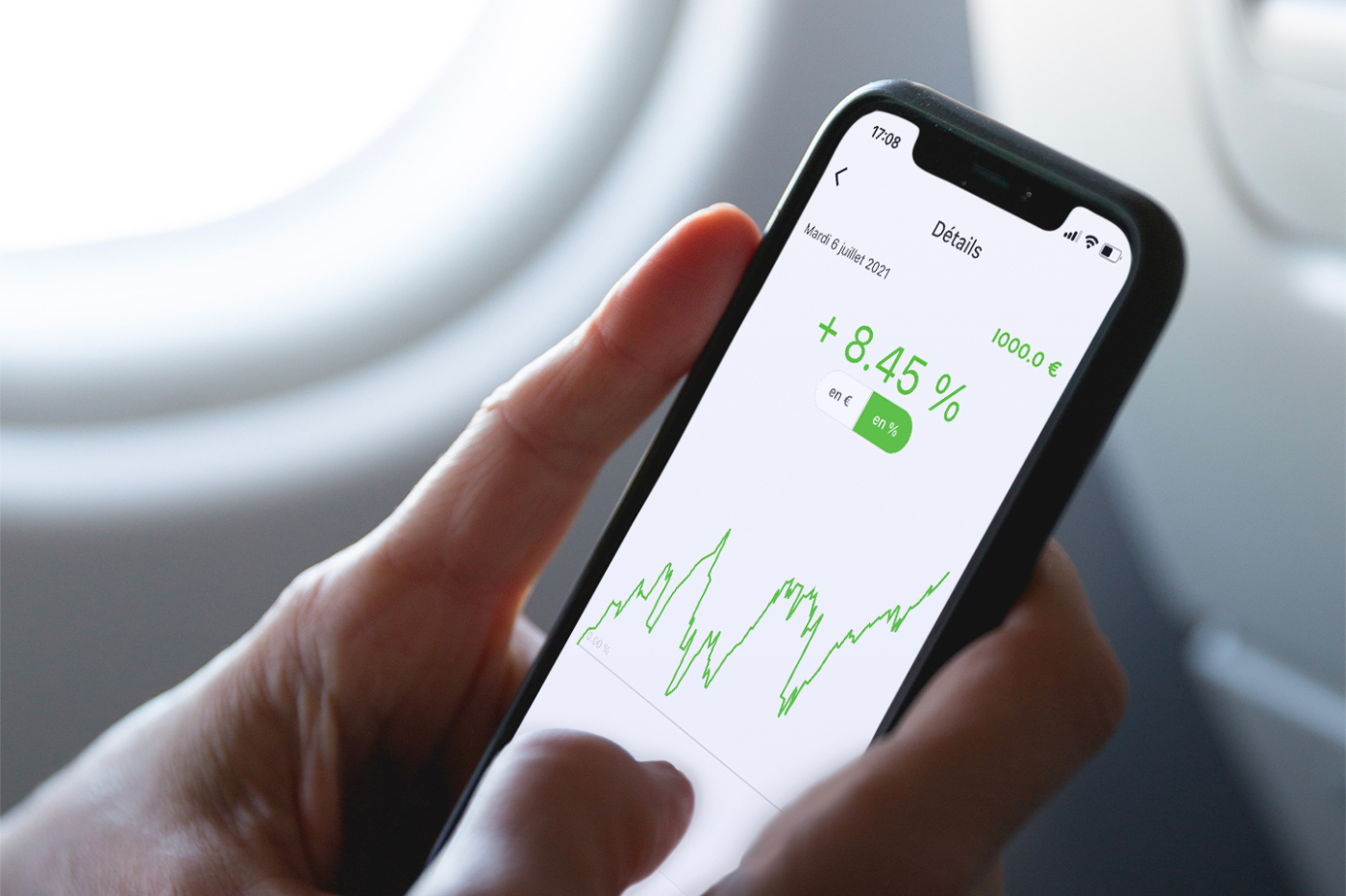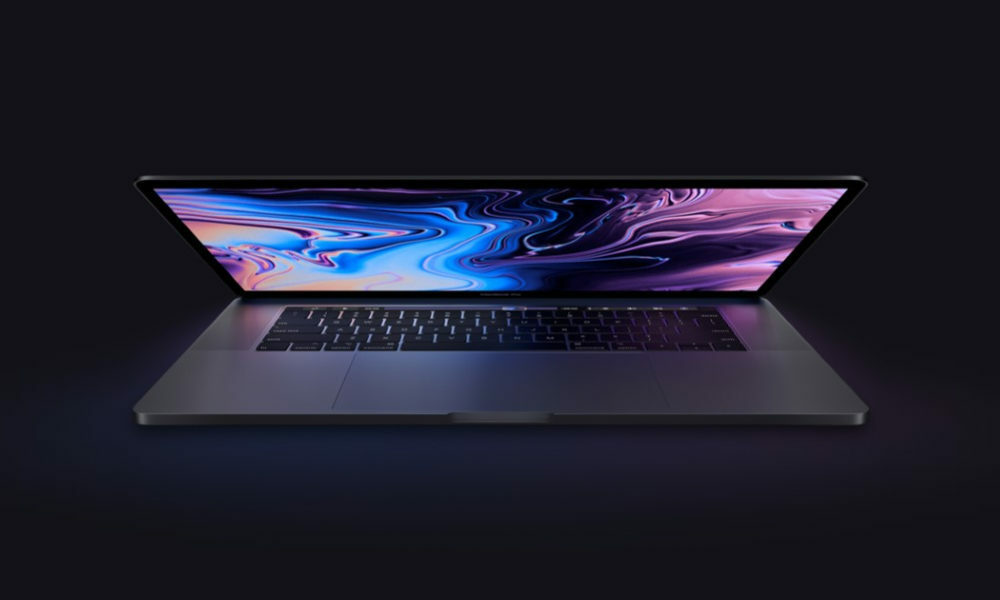
The Spanish Internet user is used to not spending much time in a portal. In fact, half of consumers abandon a website after seeing only One pagea number that has increased by 6% compared to the previous year, as evidenced by the 2022 Contentsquare Digital Experience Benchmark report.
Based on the analysis of 46 billion sessions of anonymous users from all over the world (including the Spanish market) and 14 different sectors. This study is produced to help companies improve their digital performance by highlighting where they should be emphasizing to gain a decisive advantage in today’s crowded marketplace.
With the increase in online activity and the digital transformation that all sectors are experiencing in recent years, it is to be expected that the expectations of users during their customer journey also grow up. In this sense, the study shows that companies that have already made improvements to the digital experience of their website have significantly increased their return. Not only in terms of economic results, but also of engagement with your audiences and customers. In fact, in 2021, the average conversion rate in all sectors rose to 2.3% (in the case of the Iberian market up to 2.24% in all sectors), an increase of 28% compared to 2020.
Mobile boom and bounce rate aspect to improve
On the other hand, mobile devices have become a major deciding factor in the consumer buying process. According to the Contentsquare Digital Experience Benchmark, 58% of digital traffic comes from smartphones. In general, organizations have been able to capture this trend, improving aspects such as the average load times per page, which right now stands at 1.52 seconds for smartphones, compared to 1.61 seconds that desktops take to load. An inclination that is also repeated in the Iberian countries, marking the mobiles 1.46 seconds of load. A time somewhat below the desktop, which mark 1.5 seconds.
The bounce rate yields another of the data to highlight from this analysis. Undoubtedly, it continues to be the pending subject of all sectors, with an average of 50%. Of course, in this metric the B2B sector stands out above the rest because, although it has the highest global bounce rate (65%), has managed to reduce it by 10 points compared to the previous year. In order to reduce their bounce rate, the most successful companies have included constant A/B testing and customer-oriented content optimization strategies. An example of this would be seeing which contact record performs best, one screen with all fields, or splitting the record into three screens with steps.
Frédéric Kingue Johnson, Vice President of Contentsquare for South EMEA, commented: «Lhe high bounce rate in Iberia, which is slightly higher than the global rate, shows that there is room for improvement to offer website and app visitors a better experience. We are happy to help companies improve it, especially in the financial services, telecommunications and retail sectors. The fashion and tourism and hospitality sectors are doing the best, but they face big challenges in terms of UX and friction on mobile (both on the web and in apps). We are delighted to help all these companies implement best practices based on our experience in the market to offer a more human digital experience.”



